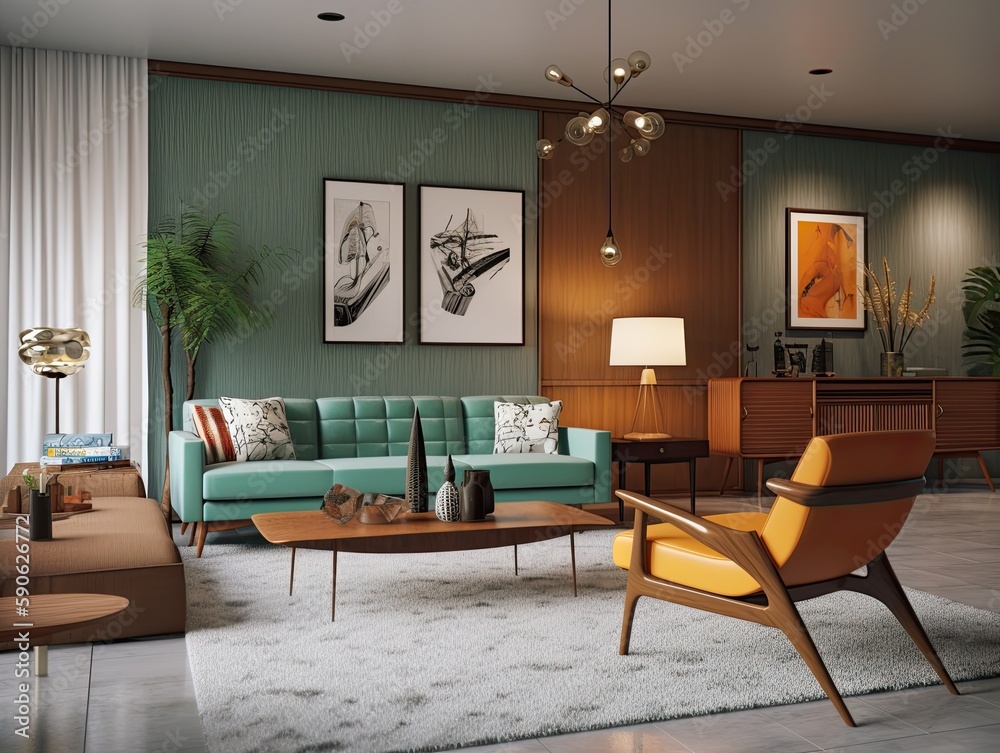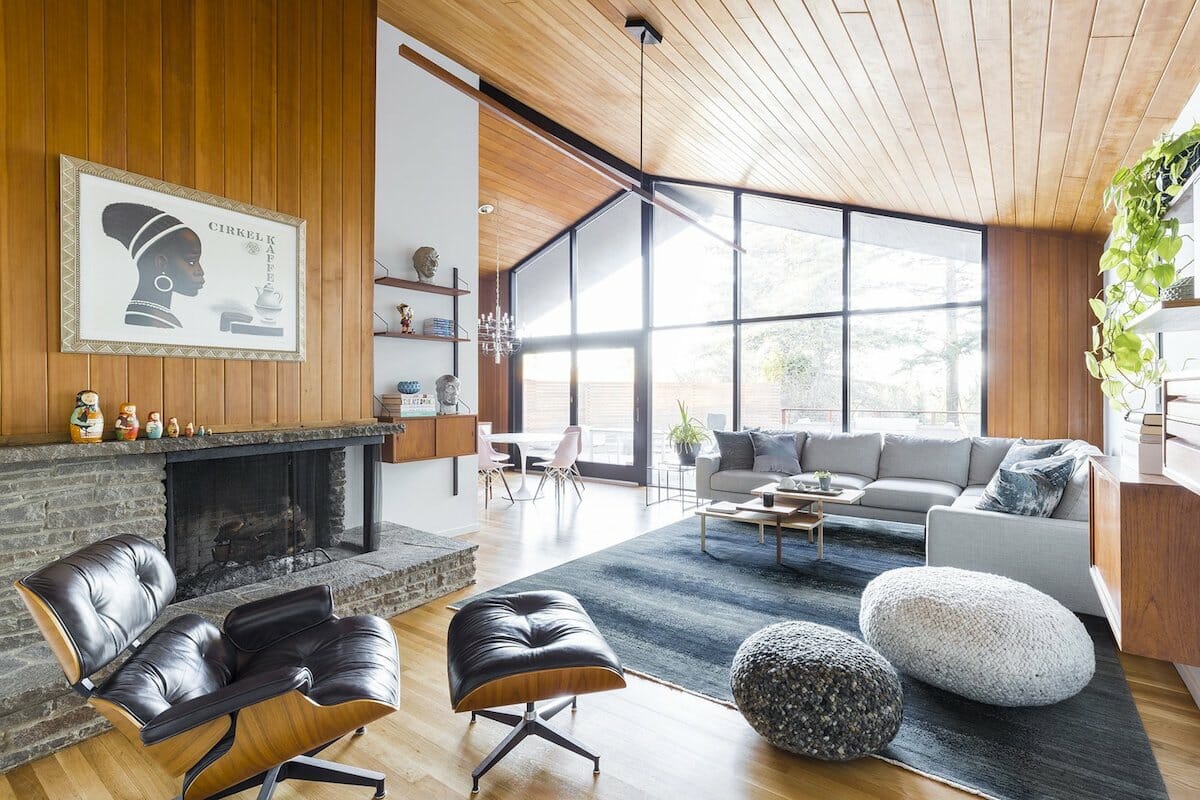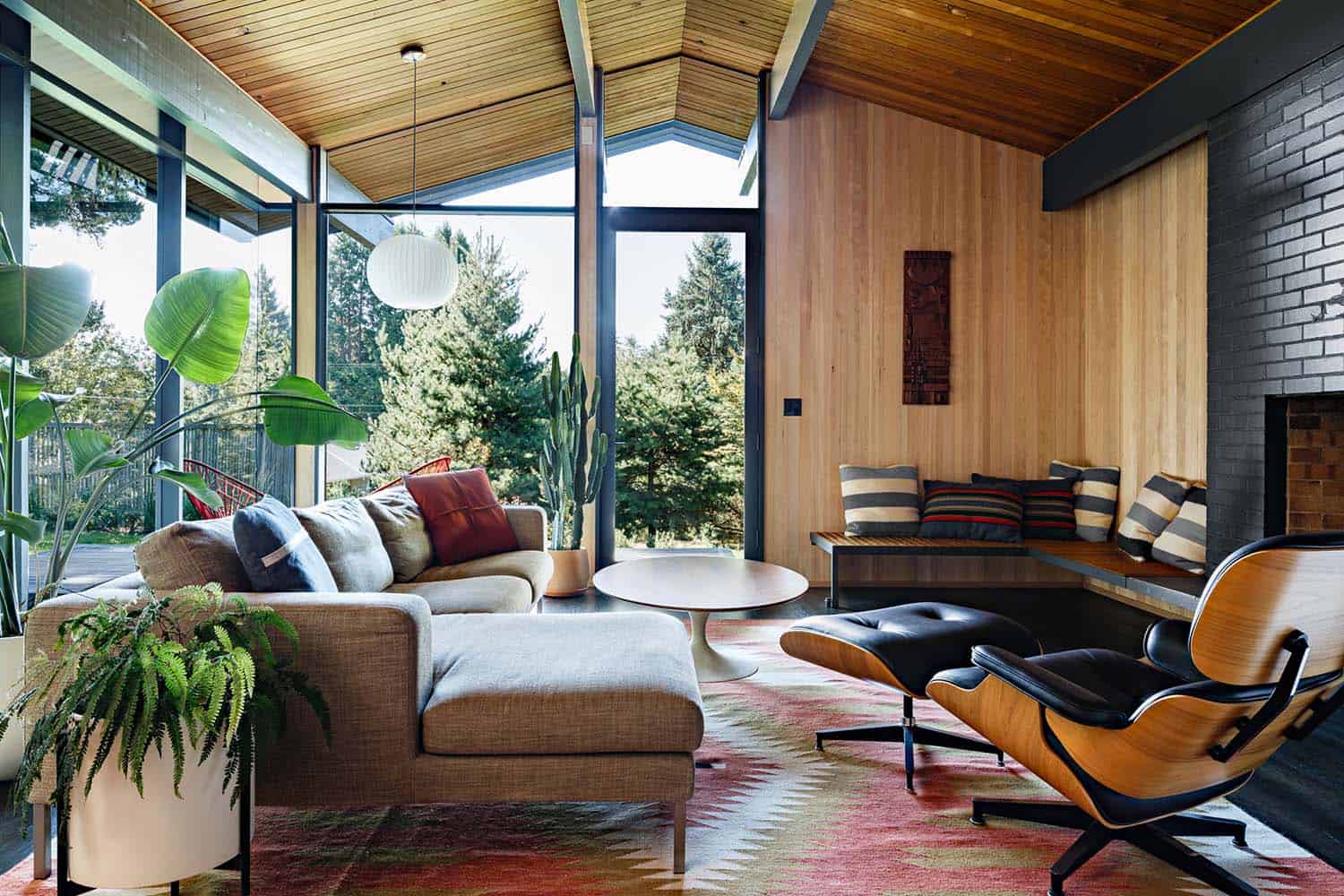History and Evolution of Mid-Century Modern Plastic Dining Chairs

The mid-20th century witnessed a significant shift in furniture design, marked by the emergence of plastic as a material for creating innovative and functional pieces. This period, known as the Mid-Century Modern era, saw designers embrace new materials and technologies, resulting in a distinct aesthetic that celebrated simplicity, functionality, and organic forms. Plastic, with its versatility and affordability, became a key element in this design revolution, particularly in the realm of dining chairs.
The Rise of Plastic in Furniture Design
The development of plastics in the early 20th century paved the way for its application in furniture design. Early plastic chairs, however, were often bulky and lacked the elegance and sophistication that characterized the Mid-Century Modern movement. The development of new plastics, such as polypropylene and polyethylene, in the 1950s and 1960s, led to the creation of lighter, more durable, and aesthetically pleasing chairs.
Mid-Century Modern Aesthetics and Plastic Chair Design, Mid century modern plastic dining chair
Mid-Century Modern design principles, characterized by clean lines, organic forms, and a focus on functionality, heavily influenced the design of plastic chairs. Designers sought to create chairs that were both visually appealing and comfortable, while also being affordable and mass-producible. The use of plastic allowed for the creation of chairs with intricate curves and flowing lines, reflecting the organic forms that were popular during this period.
Iconic Mid-Century Modern Plastic Dining Chairs
Several iconic mid-century modern plastic dining chairs emerged during this era, each embodying the design principles of the movement. These chairs became not only functional pieces of furniture but also symbols of a new era in design.
“The use of plastic in furniture design allowed for the creation of chairs with intricate curves and flowing lines, reflecting the organic forms that were popular during this period.”
- The Panton Chair (1959), designed by Verner Panton, was one of the first completely plastic chairs. Its distinctive, one-piece molded design and vibrant colors made it a symbol of the era.
- The Cesca Chair (1928), designed by Marcel Breuer, was originally made of tubular steel but was later produced in plastic. Its elegant, minimalist design, with its cane seat and back, became a popular choice for dining rooms and living spaces.
- The Eames Molded Plastic Chair (1950), designed by Charles and Ray Eames, was another iconic plastic chair that exemplified the principles of Mid-Century Modern design. Its simple, yet elegant, form and comfortable seat made it a versatile piece of furniture.
Timeline of Significant Milestones
- 1930s: The first plastic chairs, often bulky and lacking in elegance, are introduced.
- 1950s: New plastics, such as polypropylene and polyethylene, are developed, enabling the creation of lighter and more durable chairs.
- 1959: Verner Panton designs the Panton Chair, one of the first completely plastic chairs, marking a significant milestone in plastic chair design.
- 1960s: Plastic chairs become increasingly popular, with designers exploring new forms and materials.
- 1970s: Plastic chairs continue to evolve, with the introduction of new technologies and manufacturing processes.
Design Characteristics of Mid-Century Modern Plastic Dining Chairs

Mid-century modern plastic dining chairs, born from the innovative spirit of the 1950s and 1960s, embody a unique blend of functionality, aesthetics, and material innovation. They are not merely pieces of furniture but testaments to a design philosophy that prioritized form following function, embracing simplicity and elegance.
Geometric Shapes and Clean Lines
The design of mid-century modern plastic dining chairs is characterized by the use of geometric shapes, clean lines, and minimalist forms. This approach was deeply influenced by the modernist movement, which sought to break away from traditional design principles and embrace a more functional and streamlined aesthetic.
- Simple, Geometric Forms: These chairs often feature simple, geometric shapes, such as squares, circles, and triangles. This emphasis on basic forms creates a sense of order and harmony, contributing to the overall minimalist aesthetic. For instance, the Eames DSW chair, a classic example of mid-century modern design, showcases a simple, organic form with a curved back and seat that seamlessly blends into the legs.
- Clean Lines and Minimalist Details: The use of clean lines and minimal ornamentation is another defining characteristic. This approach emphasizes functionality and clarity, avoiding unnecessary embellishments that could detract from the chair’s overall form.
Materials and Finishes
Mid-century modern plastic dining chairs utilized a range of materials and finishes, reflecting the innovative spirit of the era.
- Plastic: The use of plastic was a defining element of mid-century modern design, offering a new approach to furniture production. It enabled the creation of lightweight, durable, and affordable chairs. The material’s versatility allowed for a variety of colors and finishes, adding a vibrant dimension to the design.
- Wood: While plastic was prominent, wood continued to play a significant role in mid-century modern design. Wooden legs, often in natural finishes like walnut or teak, provided a warm contrast to the plastic seat and back, creating a balanced aesthetic.
- Metal: Metal, particularly chrome, was another popular material, used for legs, bases, and accents. Chrome’s sleek and reflective surface contributed to the minimalist aesthetic, adding a touch of elegance and sophistication.
Ergonomics and Functionality
Mid-century modern plastic dining chairs were designed with a strong focus on ergonomics and functionality.
- Comfort and Support: These chairs prioritized comfort and support, ensuring a pleasant dining experience. Curved backs, contoured seats, and strategically placed armrests were incorporated to provide optimal comfort for prolonged seating. The Eames DSW chair, for example, is known for its contoured seat and back that provide excellent support and comfort.
- Stackability and Versatility: Many mid-century modern plastic dining chairs were designed to be stackable, making them practical for storage and transportation. This feature enhanced their versatility, allowing them to be easily adapted to different settings and spaces.
Popularity and Legacy of Mid-Century Modern Plastic Dining Chairs: Mid Century Modern Plastic Dining Chair

The enduring popularity of mid-century modern plastic dining chairs is a testament to their timeless design, adaptability, and cultural significance. These chairs, born from a confluence of innovation, aesthetics, and social change, have transcended their era to become icons of modern living, influencing contemporary design trends and finding a place in homes and interiors worldwide.
The Enduring Appeal of Mid-Century Modern Plastic Dining Chairs
The enduring appeal of these chairs can be attributed to several factors. Firstly, their minimalist design, characterized by clean lines, simple forms, and a focus on functionality, resonates with modern sensibilities. Secondly, the use of plastic, a material that was both innovative and affordable at the time, allowed for mass production, making these chairs accessible to a wider audience. Furthermore, their versatility, adaptability to various settings and styles, and their durability have contributed to their enduring popularity.
The Impact on Contemporary Design Trends
Mid-century modern plastic dining chairs have had a profound impact on contemporary design trends. Their influence can be seen in the widespread adoption of minimalist aesthetics, the use of plastic in furniture design, and the focus on functionality and affordability. The enduring popularity of these chairs has also led to a resurgence of interest in mid-century modern design, inspiring contemporary designers to reinterpret and reimagine classic designs.
The Cultural and Social Significance of Mid-Century Modern Plastic Dining Chairs
Mid-century modern plastic dining chairs are more than just pieces of furniture; they are cultural artifacts that reflect the social and cultural changes of the mid-20th century. Their emergence coincided with a period of economic prosperity and social change, as people sought to create modern, comfortable, and stylish homes. These chairs became symbols of this era, representing a shift towards a more informal and relaxed way of living.
Examples of Mid-Century Modern Plastic Dining Chairs in Modern Homes and Interiors
Mid-century modern plastic dining chairs continue to be used in modern homes and interiors, often as statement pieces or to add a touch of vintage charm. They can be found in a wide range of settings, from minimalist kitchens and dining rooms to eclectic living spaces and even outdoor patios. Their versatility allows them to be paired with a variety of furniture styles and décor, making them a popular choice for homeowners who appreciate both style and functionality.
Mid century modern plastic dining chair – Mid-century modern plastic dining chairs, often characterized by their sleek lines and vibrant colors, are a popular choice for contemporary interiors. While these chairs offer durability and ease of maintenance, they may lack the comfort and warmth of upholstered options.
For a more luxurious dining experience, consider the carlton upholstered dining chair , which combines classic mid-century styling with plush upholstery for enhanced comfort. This blend of aesthetics and functionality can seamlessly complement a modern dining setting, offering a balance between style and comfort.
Mid-century modern plastic dining chairs, known for their sleek lines and minimalist design, often embody a sense of lightness and affordability. While they frequently utilize molded plastic for their construction, some designers explore alternative materials like wood and metal, as seen in the HD Designs Orchards dining chair , which blends a modern aesthetic with the warmth of wood.
This demonstrates the versatility of the mid-century modern style, allowing for diverse interpretations and materials while maintaining its core principles of functionality and visual appeal.
